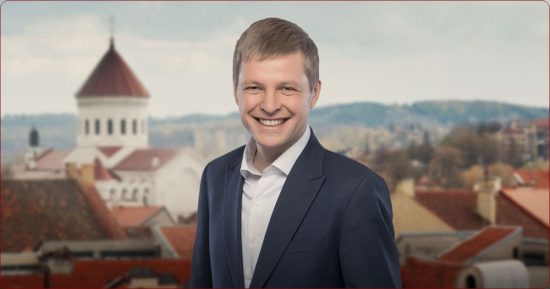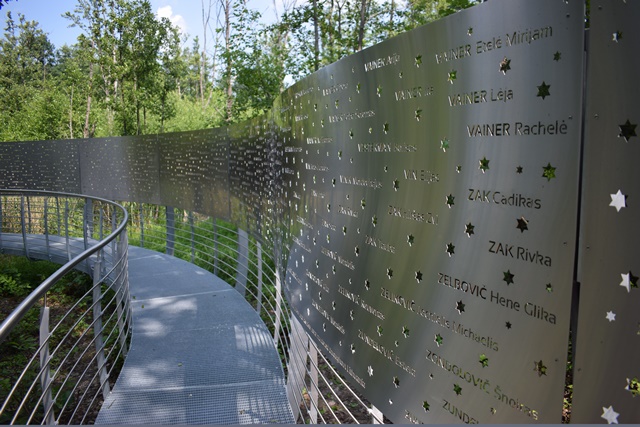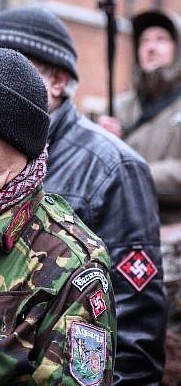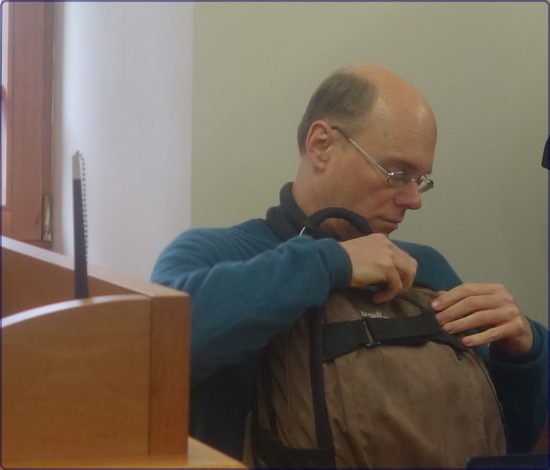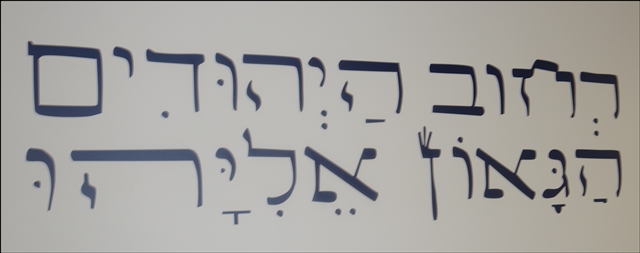◊
VILNIUS—The entire Defending History community celebrates Lithuania’s independence day this coming Wednesday March 11th. Lithuania’s independence and democracy, like those of of neighboring EU/NATO states, are splendid success stories in the annuals of the region. All the more reason to be vigilant — as genuine friends of the Baltics are — against those who would try to insert Nazist values of ethnic hatred and Holocaust revisionism into the mix. We sincerely hope that the “nationalist” march for which the beautiful center of Vilnius is gifted each year will this year not glorify local Holocaust and Nazi collaborators, will not heap scorn on the nation’s minorities and will not flaunt fascist symbols.
The Defending History team has been monitoring these events since 2008
